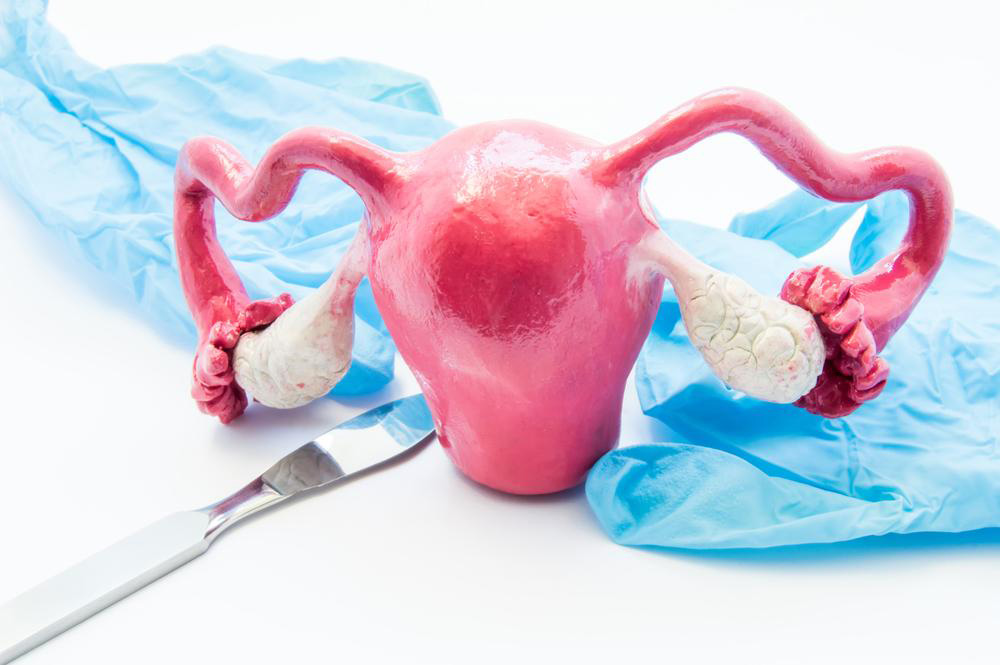Potential Risks and Complications of Tubal Reversal Surgery
Tubal reversal surgery can restore fertility for women post-sterilization but involves potential risks. Key complications include ectopic pregnancy, infections, excessive bleeding, and adhesion formation. Understanding these risks helps patients make informed decisions and ensures effective postoperative care, enhancing safety and successful outcomes.

An In-Depth Look at the Risks Associated with Tubal Reversal Procedures
For women seeking to restore fertility after tubal ligation, tubal reversal surgery offers hope. However, like any surgical intervention, it comes with its own set of potential complications that need careful consideration. Understanding these risks is essential for patients contemplating the procedure, ensuring they can make informed decisions and prepare adequately for post-operative care.
Tubal reversal surgery involves reattaching the fallopian tubes to enable natural conception. While success rates can vary depending on age, overall health, and the extent of tubal damage, it is crucial to recognize that not every patient will experience a successful pregnancy after the procedure. More importantly, there are specific complications that may arise during or after surgery, which can impact reproductive health and overall safety.
1. Ectopic Pregnancy: A Significant Concern
One of the most serious complications following tubal reversal is the increased risk of ectopic pregnancy. This condition occurs when fertilization happens normally, but the egg implants outside the uterus, typically within the fallopian tubes. Ectopic pregnancies can be life-threatening if not detected early and require urgent medical intervention, often through surgery or medication.
The risk of ectopic pregnancy post-reversal is elevated compared to natural conception because the repaired tubes may have scarring or partial blockages that hinder proper embryo transit. Symptoms include severe abdominal pain, irregular bleeding, dizziness, or shoulder pain due to internal bleeding. Early detection through regular pregnancy monitoring, including blood tests measuring human chorionic gonadotropin (hCG) levels and ultrasound scans, is vital for prompt management.
2. Post-Operative Infections
Infections at the surgical site are another potential complication. Although sterilization protocols aim to minimize this risk, approximately 5% of patients may develop infections characterized by redness, swelling, increased warmth, pain, or discharge from the incision site. Fever may also be present, indicating systemic infection.
Infections can be caused by bacteria introduced during surgery or due to poor wound care afterward. If untreated, infections can lead to abscess formation or the spread of infection to adjacent tissues, which can complicate recovery and even threaten reproductive organs' health. Timely antibiotic treatment and proper wound hygiene are critical to prevent these issues.
3. Bleeding Risks
While some bleeding after surgery is expected, excessive bleeding that exceeds normal menstrual flow is a serious concern. Severe bleeding can lead to anemia or require blood transfusions. In rare cases, uncontrolled bleeding may be life-threatening, especially if internal hemorrhage occurs.
Patients experiencing persistent or heavy bleeding should seek immediate medical attention. Monitoring post-operative symptoms and adhering to medical advice significantly reduce the risk of severe bleeding complications.
4. Adhesion Formation and Other Complications
Adhesions, or scar tissue formations inside the pelvis, are common after any abdominal surgery. These adhesions can cause chronic pain, bowel obstruction, or impair future fertility. The extent of adhesion formation varies, influenced by surgical technique and individual healing responses.
Additionally, issues such as anesthesia reactions, blood clots, or unintended organ injury are possible during surgery. Preoperative assessments and skilled surgical techniques are essential to minimize these risks.
5. Long-term Risks and Considerations
Besides immediate complications, women should consider long-term effects such as the possibility of recurrent tubal blockage or scarring that may diminish the likelihood of successful pregnancy. Regular follow-up visits, lifestyle modifications, and timely medical consultations can help manage these long-term risks effectively.
In summary, tubal reversal surgery offers a promising option for women wishing to conceive naturally after sterilization. However, it is necessary to weigh the benefits against potential risks. Patients should consult with experienced specialists, thoroughly understand potential complications—including ectopic pregnancies, infections, bleeding, and adhesions—and ensure close postoperative monitoring to optimize outcomes and safeguard their reproductive health.





